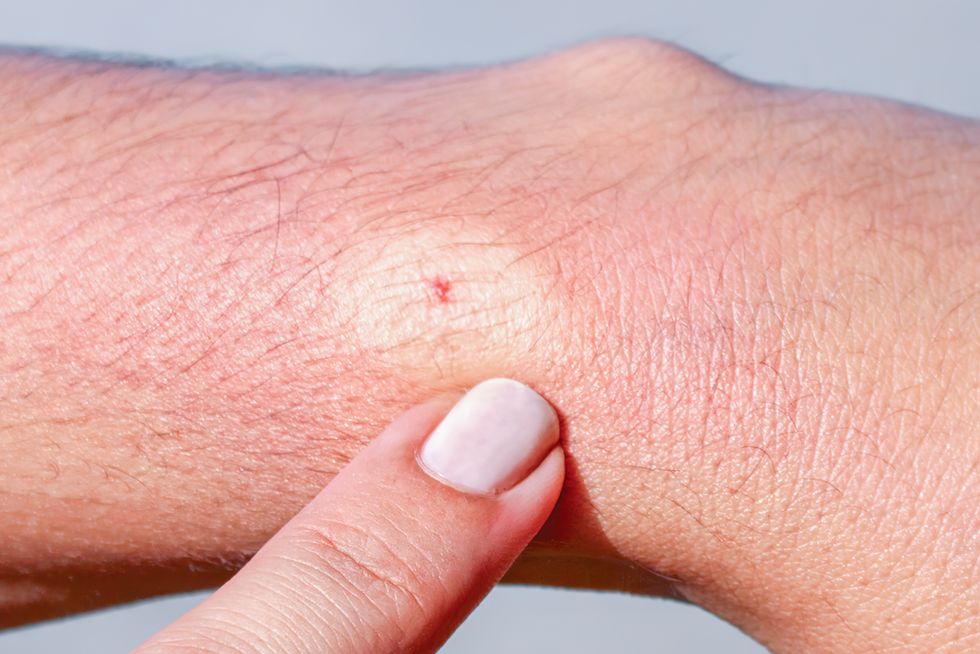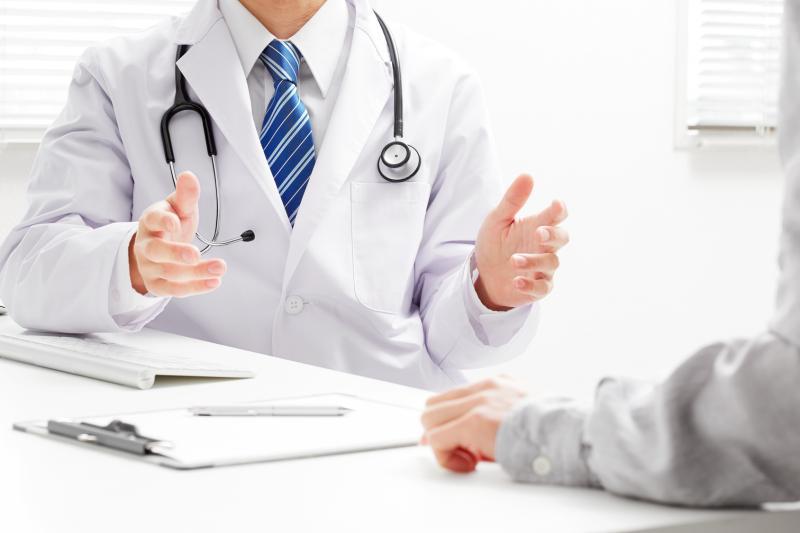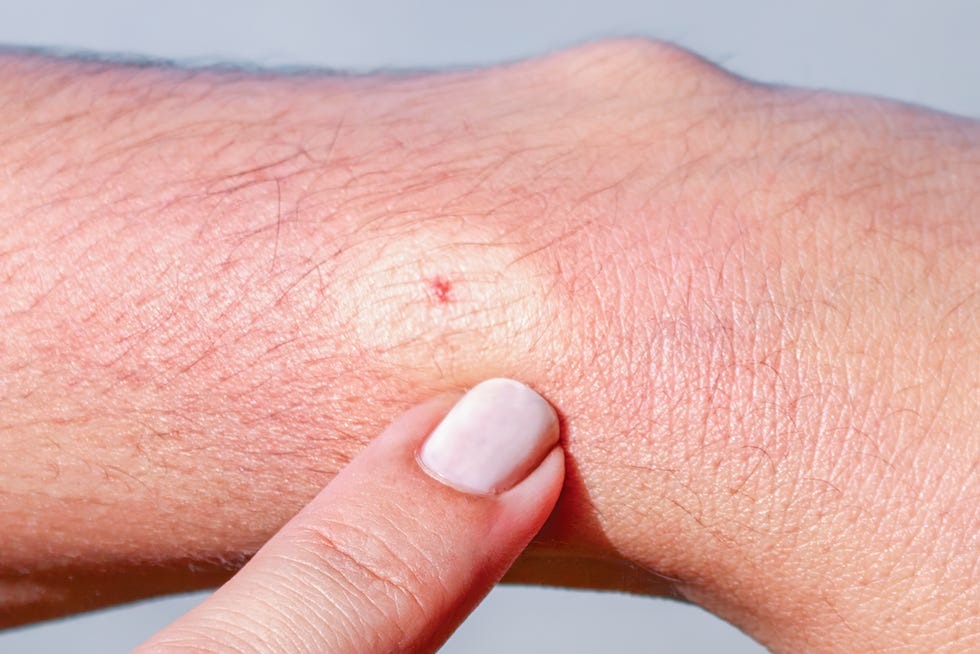Bee stings are a common occurrence, especially during warmer months when bees are more active. For most people, a bee sting causes only mild discomfort, with localized pain, redness, and minor swelling that resolves within a few hours or days. However, in some cases, a bee sting can trigger a severe allergic reaction or an intense inflammatory response, leading to significant swelling and other serious symptoms that require immediate medical attention.
In this article, we will explore the causes of severe swelling from bee stings, how to recognize the symptoms, effective treatments, preventive measures, and when to seek emergency care. Understanding these aspects is essential for keeping yourself and your loved ones safe in case of a bee sting.
What Happens When a Bee Stings?

When a bee stings, it injects venom into the skin through its stinger. The venom contains a complex mixture of proteins and enzymes that affect skin cells and the immune system. In most cases, this venom causes a localized reaction — pain, redness, and swelling around the sting site.
For some individuals, the venom triggers a larger immune response, causing extensive swelling that may spread beyond the sting site. This is especially common in people with allergies to bee venom. In rare cases, the reaction can become life-threatening, leading to anaphylaxis — a severe allergic reaction affecting breathing, heart rate, and blood pressure.
Causes of Severe Swelling from Bee Stings
1. Allergic Reactions (Venom Allergy)
One of the primary causes of severe swelling after a bee sting is an allergy to bee venom. People allergic to bee venom can experience a large local reaction or systemic reactions.
-
Large Local Reactions: These cause swelling greater than 10 cm in diameter, redness, and pain lasting more than 24 hours. The swelling can be very intense and sometimes affect areas like the chest or face.
-
Systemic Reactions: This includes anaphylaxis, characterized by symptoms like difficulty breathing, swelling of the throat, dizziness, rapid heartbeat, and sometimes loss of consciousness.
2. Infection
If the sting site becomes infected — usually due to scratching or bacteria entering the wound — swelling can worsen and spread. Infection may also cause fever and increased redness.
3. Repeated Stings or Multiple Stings
Multiple stings from several bees or repeated stings can inject a larger amount of venom, increasing the risk of severe swelling and toxic reactions.
4. Inflammatory Response
Even without allergy, some individuals may have an exaggerated inflammatory response to the venom, leading to intense swelling. This may present as a large, firm, swollen area with redness, tenderness, and sometimes blistering.
Recognizing Symptoms of Severe Swelling

Severe swelling from a bee sting can present with the following signs:
-
Large, raised, and firm swelling that may spread beyond the initial sting site.
-
Redness and warmth around the swollen area.
-
Pain and tenderness that worsen over time.
-
Swelling in sensitive areas, such as the face, neck, chest, or near joints.
-
Difficulty moving the affected area due to swelling and pain.
-
Signs of systemic allergic reaction like itching, hives, wheezing, throat tightness, dizziness, or fainting.
If the swelling is on the chest, as shown in the image you provided, this may cause discomfort and should be monitored closely, especially if breathing becomes difficult.
Immediate First Aid for Bee Sting Swelling

If you or someone else is stung by a bee and swelling develops, take the following first aid steps:
1. Remove the Stinger
-
Use a pair of tweezers or gently scrape the stinger out as soon as possible.
-
Avoid squeezing the stinger, as this can inject more venom.
2. Clean the Area
-
Wash the sting site with soap and water to reduce the risk of infection.
3. Apply Cold Compress
-
Use a cold pack or ice wrapped in a cloth to reduce swelling and numb pain.
-
Apply for 10–15 minutes at a time, with breaks in between.
4. Take Pain Relief or Antihistamines
-
Over-the-counter painkillers like ibuprofen or acetaminophen can help reduce pain.
-
Oral antihistamines can reduce itching and swelling.
5. Elevate the Affected Area
-
If the sting is on a limb, keep it elevated to reduce swelling.
When to Seek Medical Help

It is crucial to seek medical attention if you experience any of the following after a bee sting:
-
Swelling that rapidly increases or covers a large area (such as the chest or face).
-
Difficulty breathing, wheezing, or tightness in the throat.
-
Dizziness, fainting, or rapid heartbeat.
-
Signs of infection: increasing redness, warmth, pus, or fever.
-
Severe pain or inability to move the affected area.
-
Multiple stings or stings near sensitive areas like the eyes.
In the case of severe allergic reactions, immediate treatment with epinephrine (an EpiPen) may be lifesaving. Always call emergency services or go to the nearest hospital if these symptoms occur.
Medical Treatments for Severe Swelling
:max_bytes(150000):strip_icc()/how-to-treat-a-bee-sting-1298219-01-b223cd5a55f047599c3facbe5d135f19.png)
For severe swelling or allergic reactions, doctors may use the following treatments:
-
Epinephrine Injection: The first line of treatment for anaphylaxis.
-
Antihistamines and Corticosteroids: To reduce allergic inflammation and swelling.
-
Pain Management: Analgesics for severe pain.
-
Antibiotics: If secondary infection develops.
-
Hospital Observation: For monitoring severe reactions.
In some cases, allergists may recommend venom immunotherapy (allergy shots) to prevent future severe reactions.
Prevention Tips to Avoid Bee Stings and Swelling
1. Avoid Bees and Their Nests
-
Be cautious around flowering plants and gardens.
-
Stay away from known bee nests or hives.
2. Wear Protective Clothing
-
Long sleeves, pants, and closed shoes can reduce the risk of stings.
-
Use gloves when gardening.
3. Avoid Strong Scents
-
Perfumes, lotions, and bright colors can attract bees.
4. Keep Food Covered Outdoors
-
Sweet foods and drinks attract bees; keep them covered.
5. Carry Emergency Medication
-
If you have known allergies, always carry an epinephrine auto-injector.
-
Inform friends and family about your allergy.
Severe swelling caused by a bee sting is a medical condition that should not be underestimated. While most bee stings result in mild discomfort, allergic individuals or those with exaggerated immune responses can develop significant swelling and even life-threatening complications. Immediate first aid, awareness of symptoms, and prompt medical treatment are essential for preventing serious health consequences.
If you experience unusual or severe swelling, especially on critical areas like the chest, or show signs of systemic allergic reaction, seek emergency medical care without delay. Prevention and preparedness are key to managing risks associated with bee stings.
Sources
-
American Academy of Allergy, Asthma & Immunology (AAAAI). “Bee Sting Allergy.” https://www.aaaai.org/conditions-and-treatments/allergies/bee-sting-allergy
-
Mayo Clinic. “Bee Stings.” https://www.mayoclinic.org/diseases-conditions/bee-stings/symptoms-causes/syc-20370446
-
WebMD. “Bee Sting.” https://www.webmd.com/allergies/bee-stings
-
National Institute of Allergy and Infectious Diseases (NIAID). “Insect Sting Allergy.” https://www.niaid.nih.gov/diseases-conditions/insect-sting-allergy

